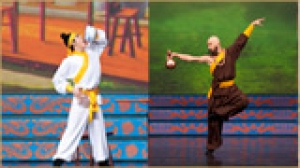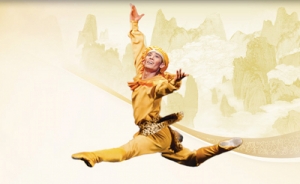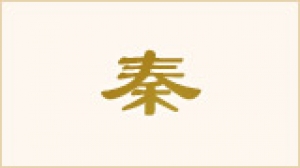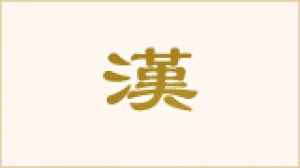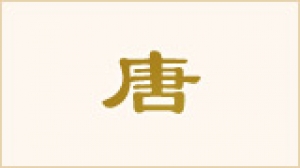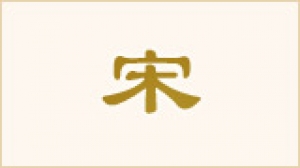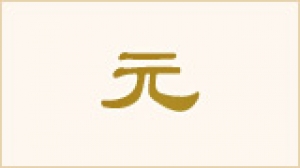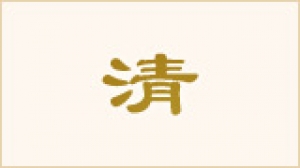The Ming Dynasty
The Ming dynasty’s first emperor, Ming Taizu, did not begin life destined for royalty. Born a Chinese peasant named Zhu Yuanzhang, he first pursued life as a Buddhist monk. But, as the Mongol-led Yuan dynasty weakened amidst internal rivalries, Zhu joined an emerging rebellion and soon came to lead a powerful army.
In 1368, several years after his forces conquered Nanjing, Zhu proclaimed himself emperor and founded the Ming dynasty, returning ethnic Han rule to China. Over the next two centuries, China’s regional and global influence grew, three of the four classics of Chinese literature were written, and the magnificent palaces of the Forbidden City were built.
The Ming dynasty reached its peak during the reign of its third emperor, Ming Chengzu (1403–1424). He moved the capital from Nanjing to Beijing, excelled as a military strategist, constructed the Forbidden City, and made important contributions to global exploration and the humanities. Ming Chengzu gained the name Yongle, meaning “perpetual happiness.” This title reflected the prosperity of his era and the cultural and military achievements that rivaled those of the great Han and Tang dynasties.
Among Ming Chengzu’s contributions to Chinese culture was the completion of the Yongle Encyclopedia, a monumental volume that covered subjects ranging from astronomy to medicine to the yin-yang theory. The completed text exceeded 3.7 billion words, and preserved countless ancient works, though today only select portions of it have survived.
Religion and philosophy were an important part of Ming dynasty life. Taoism flourished, particularly during the reign of Emperor Jiajing (1521–1567). A pious and devoted disciple of the Tao School, he built three famous Beijing temples: the Temple of the Sun, the Temple of the Earth, and the Temple of the Moon.
Among the most lasting contributions of the Ming era were three novels, written in the vernacular, whose stories remain some of the most well-loved pieces of Chinese literature today: Romance of the Three Kingdoms, Outlaws of the Marsh, and Journey to the West. Several Shen Yun performances portray episodes from these classics, including the adventures of the Monkey King.
Three important personalities epitomize the achievements of the Ming dynasty:
-
Zheng He (1371–1433): An admiral who was commissioned by the emperor to explore the Pacific and Indian oceans. He took seven voyages during a span of 28 years, visiting over 30 countries and reaching as far as eastern Africa, the Red Sea, and some historians say even America (several decades before Columbus). His expeditions helped promote international trade and spread Chinese culture.
-
Li Shizhen (1518–1593): A prominent herbologist, acupuncturist, and Chinese medical doctor, Li Shizhen wrote Compendium of Materia Medica, the most in-depth medical book in traditional Chinese medicine, still used today as a key reference.
-
Wang Yangming (1472–1529): A philosopher-official during Emperor Jiajing’s reign. Wang promoted the Neo-Confucian School, which grew to become a major branch of Confucian philosophy.
Following the rule of Emperor Shenzong (1573–1620), the Ming dynasty began to decline. Its final years were plagued by corruption and conspiracies by eunuch officials. In 1644, the dynasty ended at the hands of a peasant rebellion led by Li Zicheng and the subsequent suicide of Emperor Weizong.
July 11, 2011


